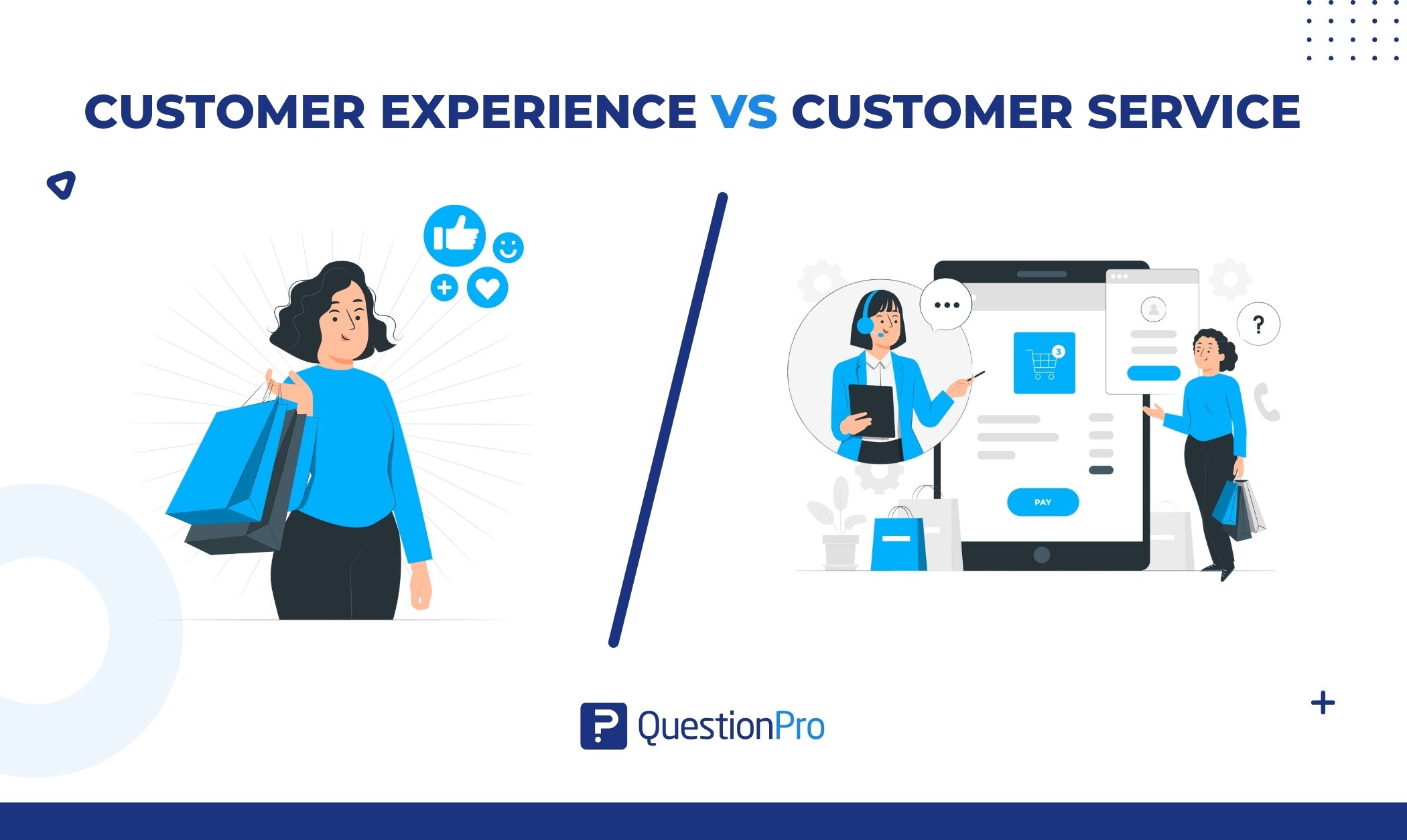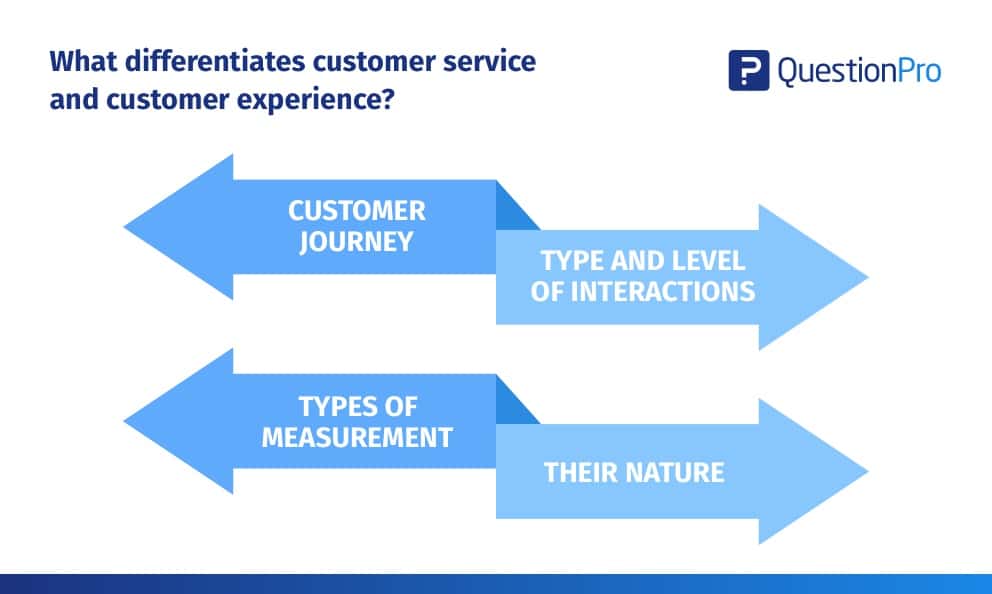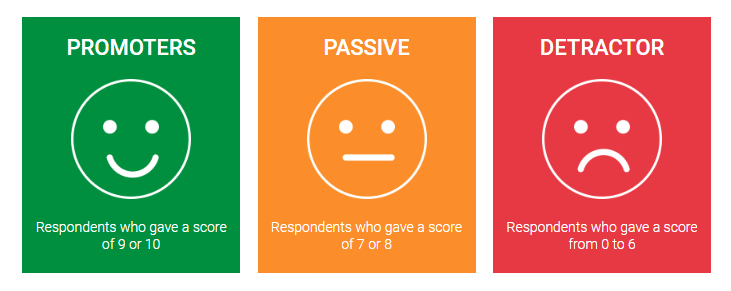
Though used interchangeably, customer experience vs customer service are not the same. Customer service (CS) is a part of the customer experience (CX) but not the entire customer experience. Let us look at them individually first.
Don’t forget to download the free ebook The Hacker’s Guide to Customer Experience, available at the end of this article!
What is the customer experience?
Customer experience is defined as the grand total of interactions, experiences, and customer touchpoints your customers have with a brand.
Customer Experience is more wholesome and covers many touchpoints, some of which may or may not be service-oriented.
Customer-centric organizations are best at delivering a great customer experience. They frequently measure customer experience, look at their customer care processes, and improve customer experience, including customer service skills.
Levi’s is a great example of a great customer experience. They launched an app in 2021 that connected users with Levi’s Tailor outlets. Users could create product designs in the app and then use them in the store with the help of stylists and tailors. It lets users design and realize their own unique styles.
What is Customer Service?
Customer service is defined as the collective customer effort score of an organization’s employees put into solving a customer’s need or problem in some way. This could be helping potential customers find a product that suits their needs, troubleshooting issues with a product or service, processing payment problems, etc.
The proactive providing customer service agent went above and beyond to resolve the customer’s issue, providing exceptional support and leaving a positive impression.
A great example of customer service would be Zappos. They make sure that all their customer emails are responded to. The CEO included. This is extremely crucial since customers expect a revert when they write to you.
Great customer service leads to positive customer experience
Great customer service is a cornerstone of a positive customer experience. Here’s why:
Customer satisfaction
Customers who receive exceptional service are more likely to be satisfied with their interactions with a company. This customer satisfaction score can translate into loyalty and repeat business.
Trust and credibility
An excellent customer service team builds trust and credibility with customers. When they feel that a company values their needs and concerns, they are more likely to trust the company and its products or services.
Word-of-mouth recommendations
Happy customers are more likely to recommend a company to their friends, family, and colleagues. Word-of-mouth recommendations can be incredibly valuable for attracting new customers.
Reduced churn
Good customer interacts service can help reduce customer churn (the rate at which customers stop doing business with a company). Customers who have a positive experience are less likely to switch to a competitor.
Brand loyalty
Exceptional customer service can foster a sense of loyalty to a brand. Customers who feel valued and appreciated are more likely to stick with a brand over the long term.
Problem resolution
Great customer interaction can effectively and efficiently resolve customer issues and complaints. When problems are addressed promptly and to the customer’s satisfaction, it can turn a potentially negative experience into a positive one.
Enhanced customer engagement
Positive customer service interactions can lead to increased customer engagement. Engaged customers are more likely to provide feedback, participate in surveys, and become advocates for the brand.
Competitive advantage
Providing superior customer service can set a company apart from its competitors. In many industries, customer service can be a key differentiator.
Customer feedback
Customer service interactions provide valuable feedback to the company. Customer complaints and suggestions can help identify areas for improvement in products, services, and processes.
Customer lifetime value
When customers have a positive experience, they are more likely to continue doing business with a company for an extended period. This can significantly increase the lifetime value of a customer.
LEARN ABOUT: Perfect Customer-First Strategy
Customer Experience vs. Customer Service
It is essential to know the difference between customer experience vs customer service before you begin your Voice of Customer (VoC) initiatives. So, let us understand the key differences between customer experience vs customer service.

1. Customer support is a subset
Customer experience includes the entire customer journey, of which customer service is a part. Customer experience includes customer service and customer care. CX begins with potential customers who have yet to make a product purchase or avail of a service. In terms of customer service, it comes after when they need help with the purchased product or availed service.
2. Nature
Customer experience is proactive and reaches out to customers in various ways and touchpoints. This could be pre-purchase, post-purchase, etc.
Customer service is reactive in nature and is often contacted in case customers have any issues. A customer will have no reason to interact with customer service professionals if there are no issues.
3. Interactions
Customer service is a one-time interaction often engaged by customers only in times of problems or issues. Service interactions take place when customers avail of a service or a product.
Customer experience is designed in a way that interacts with customers multiple times and in numerous ways. This could be informing potential customers about a product or service through emails, enquiring about service satisfaction via phone calls, gathering product performance information via customer feedback software, etc.
4. Measurement
Customer service is measured via customer satisfaction (CSAT) score, a method used to gauge customers’ satisfaction with the experience.
Net Promoter Score (NPS) is used to measure the entire customer journey and experience; it’s a single question asked to survey respondents if they would recommend a brand to their friends or loved ones.

Based on the responses, respondents are categorized into three types – promoters, detractors, and passive, as shown below.

CX should be focal to all your customer initiatives, and CS should be a key element in your CX strategy. Keep monitoring feedback from your customer service teams and channels and improve your customer experience programs to boost your levels of customer engagement, customer satisfaction, and customer delight.
Learn about: Customer Care vs Customer Service
Conclusion
QuestionPro offers some of the most advanced customer experience tools available. Gain valuable insights into your customers’ thoughts and feelings using QuestionPro CX software today.
You’ve made it here? Congratulations! Luckily, you’ve learned more about Customer Service and its interconnection with customer experience.
If you’d like to go the extra mile and learn more about how customer experience can help you gain happier, loyal customers and increase your business growth, download our free eBook: The Hacker’s Guide to Customer Experience – CX= Emotion x Value.







